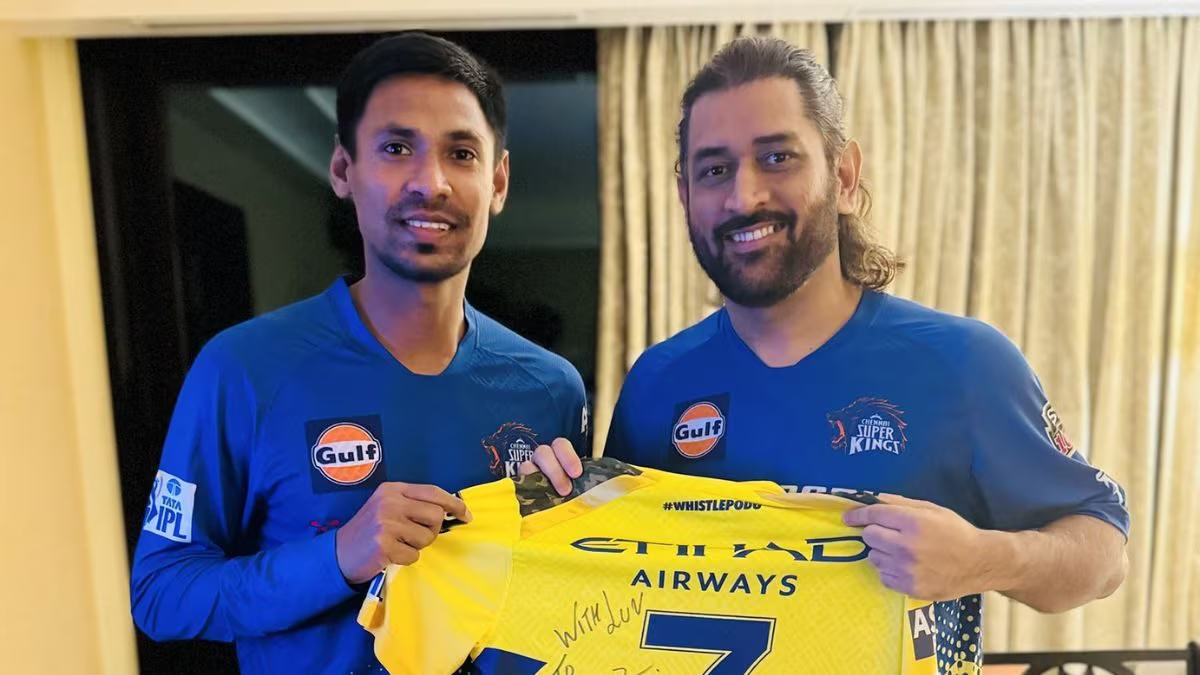There’s a story that every student, professional, and aspiring leader needs to understand: AI is no longer some futuristic marvel sitting on the distant horizon. It’s not an academic concept or a tool to merely "help humans." It has evolved into something much more profound: a full-scale competitor to human professions.
But here’s the catch: every time humans have faced such powerful tools throughout history, we’ve done the same thing: we partnered with them. The steam engine, the computer, the internet—each began as a disruption and evolved into collaboration. The same must happen now.

Let’s explore one striking example that’s grabbing headlines:
The Unseen Colleague: AI is No Longer Just Tech, But a Transformative Partner in Human Professions
The conversation around Artificial Intelligence has shifted dramatically. No longer merely an impressive technological marvel, AI has emerged as a robust competitor in numerous human professions, pushing individuals and industries to redefine their relationship with technology. The stark reality is exemplified by the recent move at Goldman Sachs, a bellwether for the financial sector, which signals a profound change: the bank is onboarding an AI-powered software engineer named Devin to its tech team.
Goldman Sachs' New Hire: Devin, the AI Engineer
This isn't just about efficiency; it's about a fundamental re-evaluation of workforce needs. Goldman Sachs has embraced Devin, an autonomous AI software engineer developed by Cognition, to perform end-to-end coding tasks. From reading documentation and writing code to debugging, testing, and reporting results, Devin is designed to operate at a human level. The key takeaway for businesses, however, is the economic advantage: Devin comes at a fraction of the cost, requiring no six-figure salary, benefits, or vacation days.
Goldman's Chief Information Officer, Marco Argenti, envisions deploying hundreds, potentially thousands, of these AI coders. The aim is to boost productivity by an estimated three to four times, particularly for routine and often tedious tasks like updating legacy code. This strategic integration highlights Goldman's deep push to embed AI into its internal operations, seeking both efficiency gains and significant reductions in personnel costs.
The Broader Implications: A Shifting Professional Landscape
Goldman Sachs' move is a potent signal for the broader financial sector and beyond. AI's capabilities are rapidly transforming core business functions, from compliance and customer interaction to risk modeling, fraud prevention, and sophisticated investment strategies. Reports suggest that as many as 200,000 banking jobs could be impacted by AI adoption over the next few years.
This isn't necessarily about wholesale replacement, but a redefinition of roles. Traditional responsibilities like crunching numbers or compiling reports are increasingly being automated. Instead, human professionals are finding their roles evolving to interpreting AI outputs, validating machine-generated insights, and exercising critical judgment to override AI models when necessary. New roles are emerging, such as model risk officers, conversational system trainers, and compliance leads specializing in prompt engineering. Other major financial institutions like JPMorgan Chase, Morgan Stanley, and BNP Paribas are also deep into their AI integration journeys, albeit at varying paces.
So What Should Humans Do?
Let’s be honest: resisting AI or denying its capabilities is futile—and unwise. The smarter choice is to do what we’ve always done: adapt and partner.
Just as early humans learned to use fire rather than fear it, the modern professional must learn to work with AI, not against it. That means:
- Developing complementary skills like critical thinking, design, emotional intelligence, and leadership.
- Understanding AI tools so you can guide, refine, and manage their outputs.
- Innovating at the human-AI boundary, where creativity, ethics, and intuition still thrive.
The Imperative of Partnership: Humans and AI, Hand in Hand
At this juncture, the most effective strategy for humans is not to fight AI, but to partner with it. The future of work, as envisioned by Goldman Sachs and other forward-thinking organizations, is a "hybrid workforce" where humans and AI collaborate seamlessly.
For professionals, this means a shift in required skills and focus. The emphasis will move away from repetitive tasks to higher-value activities that leverage uniquely human strengths:
- Problem Definition & Prompt Engineering: Humans will need to clearly articulate complex problems and translate them into effective prompts for AI, guiding its work.
- Supervision & Oversight: Critical human oversight will be essential to review AI-generated code, validate insights, and ensure ethical considerations are met.
- Creative Problem-Solving: AI excels at processing data and identifying patterns, but human creativity, intuition, and nuanced decision-making will remain paramount for complex, unstructured challenges.
- Strategic Thinking & Relationship Building: Roles requiring high-stakes judgment, architectural design, security considerations, strategic planning, and, crucially, client relationships, will remain firmly in the human domain.
- Continuous Learning: Professionals must become "AI natives," fluent in managing autonomous agents and continuously adapting their skill sets to evolving technological landscapes.
While the initial investment in AI can be substantial, its long-term cost-effectiveness is a major driver of adoption. AI doesn't require salaries, benefits, or breaks, and can operate continuously, scaling on demand. This translates into significant operational savings, even if human oversight remains a critical component.
The Machine is Not the Enemy
In conclusion, AI isn’t coming for our jobs in some villainous sci-fi invasion—it’s arriving as a powerful co-worker. But like any new colleague, it requires training, understanding, and collaboration. By embracing AI as a powerful partner, focusing on complementary strengths, and cultivating new skills in collaboration and critical oversight, humans can not only remain relevant but thrive in this new era of intelligent automation.

Students and professionals who recognize this shift—who choose to ride the wave rather than stand against it—will be the ones to lead the future.
Because in the end, the real question isn’t “Will AI replace us?”
It’s “Are we ready to evolve alongside it?”
(This article is written by Ryan Baidya, Takshila Foundation, San Jose, California. This is an opinionated article; EPN has nothing to do with this editorial.)

















